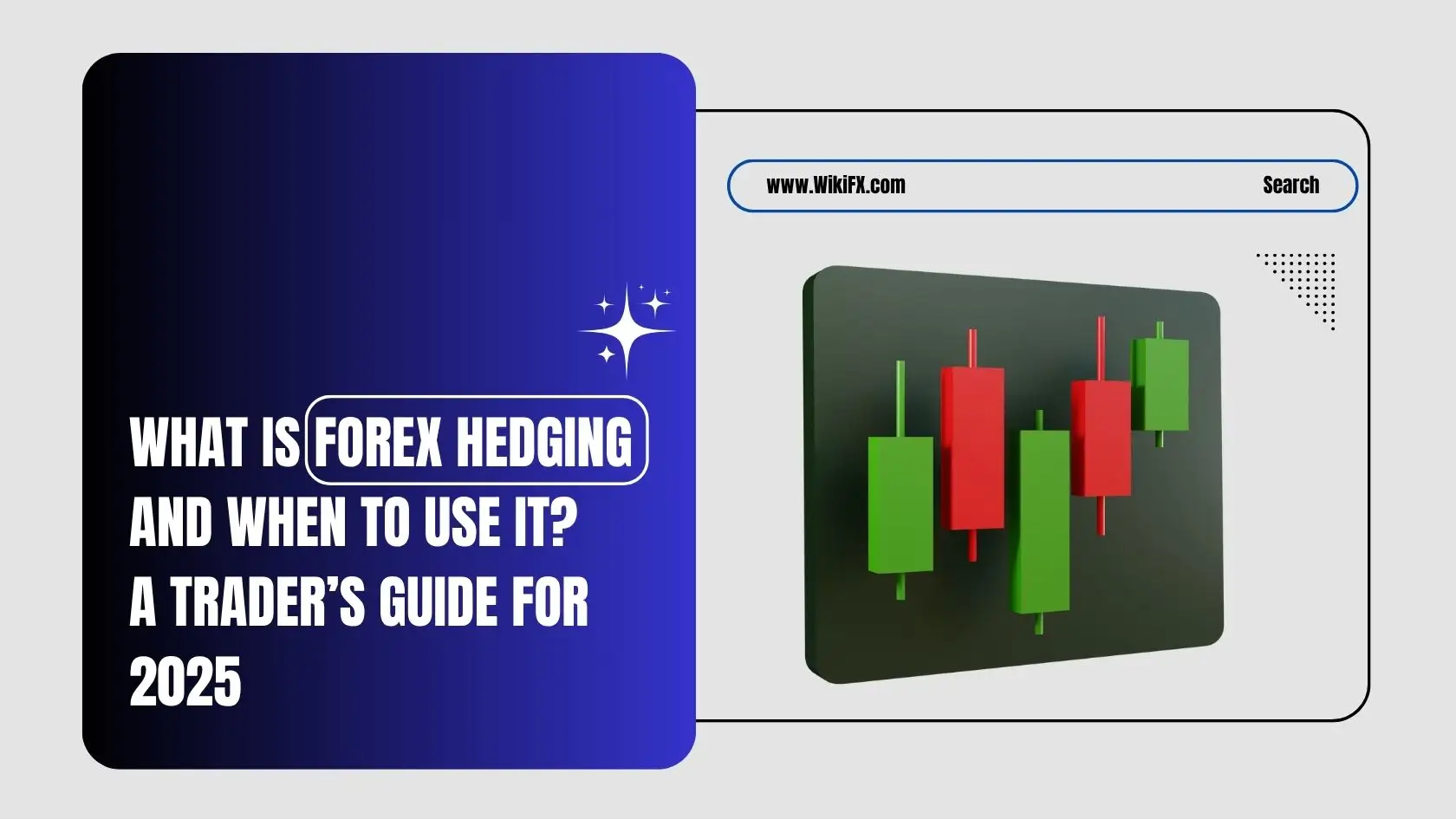简体中文
繁體中文
English
Pусский
日本語
ภาษาไทย
Tiếng Việt
Bahasa Indonesia
Español
हिन्दी
Filippiiniläinen
Français
Deutsch
Português
Türkçe
한국어
العربية
Meta Shares Insights on How To Avoid Financial Scams Online
Abstract:Meta warns users about rising financial scams online. Learn how to protect yourself from investment fraud and avoid losing money to scammers.

In today‘s rapidly shifting digital landscape, scammers are growing craftier, leveraging trending events and modern platforms to trick unaware individuals. With the global economy in flux and digital payment options multiplying, it’s critical for people to spot the red flags of investment and payment fraud. This article dives into the latest scam trends, offers practical ways to shield yourself, and highlights efforts by regulators and tech giants to keep users safe.
The Surge of Investment and Payment Fraud
Investment and payment scams rank among the top online threats, impacting countless people globally each year. These schemes prey on dreams of fast wealth or the anxiety of missing out on “once-in-a-lifetime” deals. Fraudsters reach out through emails, social networks, chat apps, or even phone calls, pitching high-yield investments with minimal risk. Often, these cons revolve around fabricated opportunities in areas like crypto, property, stocks, precious metals, or online betting.
Investment Scams to Stay Alert
Cryptocurrency scams are among the most widespread today. Posing as “wealth mentors” or crypto gurus, scammers promise huge profits through platforms like Luno, Valr, or Yellow Card. They flood social media—think Facebook, TikTok, or Instagram—with doctored videos and fake success tales to reel in victims.
A major red flag is when someone pressures you to transfer money or share personal details for exclusive trading tips or investment plans. Some even pose as recovery experts, claiming they can retrieve funds lost in earlier crypto scams.
In order to avoid these scams, Meta has provided three key tips on financial scams specifically:

Another growing hustle is fake “investment coaching” programs. Scammers charge for worthless or untested strategies, dangling the promise of big returns with no risk—a classic hallmark of fraud.
Protecting Yourself from Payment Scams
Payment scams are equally rampant, often exploiting digital payment apps or social media marketplaces. One common tactic is the advance payment con, where fraudsters pose as sellers on platforms like Facebook Marketplace. They pocket the buyers upfront payment and vanish, leaving no product behind.
Then theres the overpayment scam: a buyer “accidentally” overpays for an item, asks for a partial refund, and later reverses their original payment. The seller ends up empty-handed, losing both the item and the money.
With platforms like Venmo, PayPal, and crypto transfers enabling instant transactions, scammers push for quick payments. Always verify suspicious requests and avoid sending money to strangers or unverified contacts.
How Tech Firms and Regulators Are Fighting Back
Tech companies, regulators, and law enforcement are joining forces to tackle these rising threats. Platforms like Facebook, Instagram, and WhatsApp have rolled out anti-fraud features, such as payment alerts, identity checks, and privacy controls to block shady contacts.
Messenger, for instance, uses cutting-edge tech like facial recognition to spot scam activity and confirm user identities, preventing account takeovers.

Working with groups like Graphika, tech firms have disrupted countless scam networks. In 2024, they shut down over seven million fraudulent accounts, many tied to scam hubs in places like Myanmar, Laos, and the Philippines, where syndicates orchestrate global cons.
The FBIs Level Up initiative also partners with tech companies to warn potential victims and halt scams in their tracks, particularly those targeting Americans, saving many from financial ruin.
Industry Collaboration and Public Awareness
Organizations are stepping up to educate people about scam risks and financial protection. The Tech Against Scams Coalition (TASC) creates resources to help users spot fraud, from dodgy investment pitches to unsafe transactions, accessible across multiple platforms.
In regions like the UK, Hong Kong, and India, tech companies and local governments promote tools like two-factor authentication (2FA) and run campaigns to highlight scam dangers, empowering users to stay secure online.
Conclusion: Stay Sharp to Protect Your Finances
As the digital world advances, scammers keep finding new ways to exploit trust. From fake investment schemes to payment tricks, staying informed is your best defense.
Tech firms, regulators, and coalitions are making strides to curb fraud, but your own caution is key. Learn to recognize scam warning signs, use protective tools, and secure your transactions to lower your risk.
If a deal seems too perfect, its likely a trap. Always pause to verify any investment or payment request before acting. By staying alert and educated, you can safeguard your financial future against the ever-evolving threat of online fraud.

Disclaimer:
The views in this article only represent the author's personal views, and do not constitute investment advice on this platform. This platform does not guarantee the accuracy, completeness and timeliness of the information in the article, and will not be liable for any loss caused by the use of or reliance on the information in the article.
Read more

6 Effective Forex Strategies for Unstable Market Trends
Forex market is unpredictable and affected by global events, central bank policies, geopolitical tensions, and even unexpected news releases .This volatility can be challenging for traders. However, those with a solid plan and strong strategies are less affected by market fluctuations..To avoid losses and stay stable in volatile conditions, it’s crucial to understand these 6 effective strategies. Theyll help you navigate market trends.

Watch Your Elders at Home: They Could be Victims of Investment Scams
Thousands of elderly people are being quietly robbed of their life savings by convincing online investment scams, often right under the noses of their families. Take care of your family members and their savings!

Forex Hedging Strategies Explained: Smart Risk Management for 2025
Learn how to hedge in forex trading with real examples, timing strategies, and risk tips. A 2025 guide to smart hedging for retail and institutional traders.

8 Golden Rules to Rule in the Forex market
These are important rules that most people won’t tell you. Whether you’re new to Forex beginner or have been trading for a while, these tips can help improve your trading journey. Read this article to learn the key rules every trader should keep in mind.
WikiFX Broker
Latest News
PrimeXBT Launches MT5 PRO Account for Active Traders
eToro Expands into Singapore with MAS CMS Licence
Renault shares plunge 16% after French carmaker lowers guidance, appoints new interim CEO
Darwinex Launches INDX: A Revolutionary Investment Strategy for Traders
Top Forex Trading Scams to Watch Out for in 2025
Real Risk Factors with Admiral Markets ! Explained
5 Reasons to Know Why INFINOX Is a Standout Broker?
5 things to know before the stock market opens Wednesday
Trump's big beautiful bill' caps student loans. Here's what it means for borrowers
Weekly mortgage demand plummets 10%, as rates and economic concerns rise
Currency Calculator


